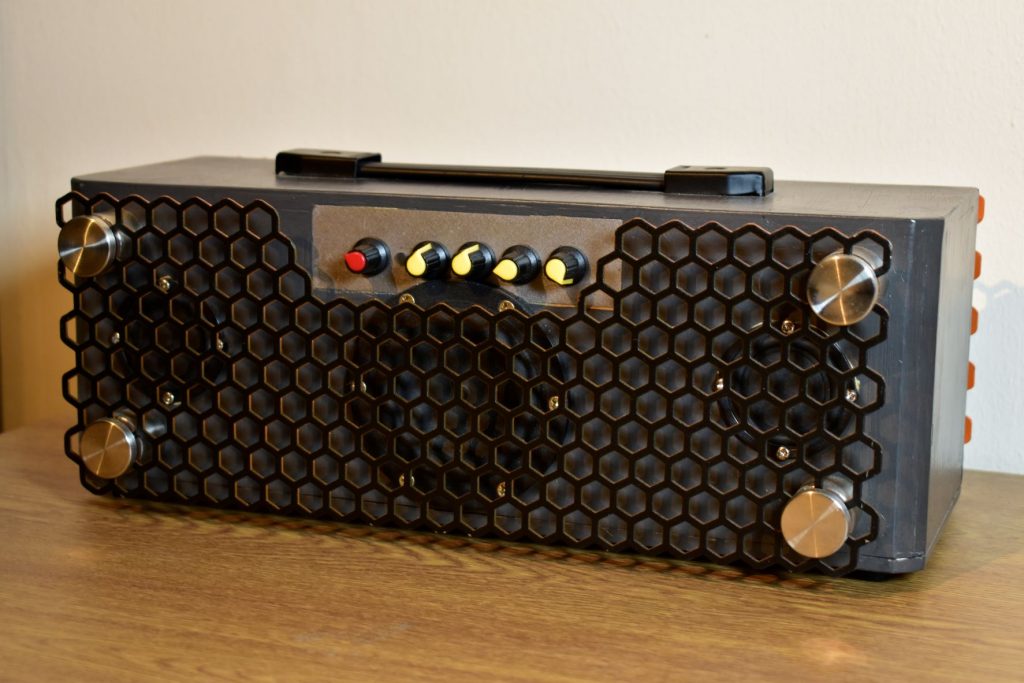
SuperG
Designer:
G
Project Category:
Portable Speakers
Project Level:
Intermediate
Project Time:
8-20 Hours
Project Cost:
$100 – $500
Project Description:
Small portable 2.1 speaker with sub 50hz response
Design Goals:
This was my first fully planned build. Listened to a friend’s shop bought Bluetooth speaker and wanted to make something better. Smallest possible size 2.1 with maximum low frequency response and linearity without DSP. Somewhat influenced by Oak 2.1 Boombox by Jonathan: https://projectgallery.parts-express.com/speaker-projects/oak-2-1-boombox/
Driver Selection:
Many months of grinding away plugging numbers into free design software trying to find the magic combo that can deliver much more than you expect in the smallest cabinet size. I then found Jonathan’s Oak 2.1 Boombox and began modelling around that, which was much closer to the power/response-to-size ratio I was after.
I knew I wanted to use the Tang Band W3-1876S 3″ Mini Subwoofer (#264-909), but until seeing Jonathan’s build I hadn’t considered the Tectonic Elements TEBM35C10-4 BMR 2″ Full-Range Speaker (#297-216). They suit well as the BMR’s can take the power and will allow small sealed enclosures while still just about getting down to the crossover frequency of the TPS3116D2 Class D 2.1 Bluetooth 5.0 Amplifier Board (#320-635). This is all powered by the Dayton Audio LBB-3v2 Battery Charger Board/Module (#325-201).
My modelling showed that 2x Peerless by Tymphany 830878 3-1/2″ Passive Radiator (#264-1060) handled the mighty but mini W3-1876S better and hit slightly better lowz with added weight.
Enclosure Design:
I concluded that I wanted a 1.4 Litre Enclosure and I believe I am somewhere near or just over that once displacement is subtracted (gross volume is ~1.73L). To fit two 3.5” Passive Radiators and the 3” sub, batteries and Amp board into my preferred shape of box required a fair amount of CAD work to understand how things would fit and resulted in a T shape enclosure for the sub when viewed from the top. A similar design to the Executive Portable Bluetooth Speaker Kit (#300-7164) except the T is facing vertically in the box rather than facing the front.
Each BMR satellite is in a 0.725L sealed enclosure. Due to the nature of the good dispersion of the BMR’s I didn’t want to enclose a mesh grille on the front and rear, even using a rubber finishing bead felt a bit thick due to the size of the speaker. I decided to use signboard standoffs and large section hex mesh so that I could leave a finished edge. Possibly not acoustically perfect but form follows function, and it looks unique for sure.
Enclosure Assembly:
I used 12mm (~15/23”) WBP Ply for a few reasons. I wanted to minimise costs and intended to paint the finished speaker, and I don’t like working with MDF if I can avoid it – don’t like having to wear a mask all the time and I hate painting/sanding it when it goes all fluffy.
All panels cut with a hand saw, then rabbeted/dadoed using a router. All driver cut-outs were made using a Dremel with a router bit and a circle jig. All through mounting components are mounted on 2mm steel plates which are rebated flush and glued in place.
Crossover Design:
Crossover is built into the TPS3116D2 Class D 2.1 Bluetooth 5.0 Amplifier Board. Allowing some fine tuning for subwoofer lowpass and can be totally EQ’ed, on the fly. I don’t have measurement tools so work by ear.
Tips & Tricks:
The BMR cut-outs required a creative solution (some trial and error on scrap) because the Dremel jig isn’t the most accurate. Four quadrants were routed out (to let speaker terminals and basket through) and a smaller diameter hole saw was used to leave additional material to fix into.
The amplifier cut out on the front baffle means the amp sits 10mm further forward, which is the only way it fits. After designing it, I realised before gluing that the amp would have to be fitted before the rear baffle was fixed (bottom panel is removable and sealed with neoprene).
I used automotive gasket paper for the BMR drivers as didn’t feel I could be accurate enough with neoprene and they are tiny, works well to seal them. Neodymium magnets are used to tune the passive radiators as there are no threads on the rear of them. You need to counter hold the weight to stop it being pulled back to the magnet and ruining the surround of the passive radiator. I made a plastic jig to assist with this. Approx. 20g of added weight per passive radiator(!!) to obtain desired response.
Conclusion:
It sounds a lot larger than it is. Without sounding forced and fatiguing like the Bluetooth speaker it was designed to outperform. The sub struggles with higher power levels and needs to be reduced to avoid distortion. Again, DSP on the branded Bluetooth speaker shows similar behaviour.
To my ears there is possibly a slight dip in response around the highpass frequency, more noticeable in certain genres than others. Upping the lowpass frequency results in a subwoofer trying to do mids which sounds muddy and forced, so it ends up with some “Disco smile” which suits my listening (thankfully!). Bass is impressive for the size, especially when corner loaded. Using a signal generator a 38hz sine wave give plenty of sound from the passive radiators. At higher volumes it can keep up with the sensitivity of the satellites but distorts at max. I have yet to hear a commercially available portable speaker the same size that sounds better to my ears.
I really wanted to mount the passive radiators on the ends of the enclosure to counteract and oppose one another’s forces. As it is – throwing 40+ grams, plus driver, plus the radiators themselves and air mass can make it walk along on its rubber feet. Energy which would be better put to use for moar bass!
Finish is mediocre but I struggled with the paint and I got impatient.
About the Designer:
Interested in speakers since 10 years old when I bought my first 2.1 PC speaker system. Never had much money to invest in the hobby but always been passionate. In a few bands when I was younger and dabble with audio production software. Self taught on a few CAD programs which I always use when designing to understand fitment and allow tighter tolerances. Learned structural carpentry as a builder.
Project Parts List:
|
Part # |
Description |
Qty |
|
264-909 |
Tang Band W3-1876S 3″ Mini Subwoofer |
1 |
|
297-216 |
Tectonic TEBM35C10-4 BMR 2″ Full-Range Speaker 4 Ohm |
1 |
|
320-635 |
PS3116D2 Class D 2.1 Bluetooth 5.0 Amplifier Board 2 x 50W + 100W with Filter and Volume Controls |
1 |
|
325-201 |
Dayton Audio LBB-3v2 3 x 18650 Lithium Battery Charger Board/Module 12V with Charge Protection |
1 |
|
264-1060 |
Peerless by Tymphany 830878 3-1/2″ Passive Radiator |
1 |

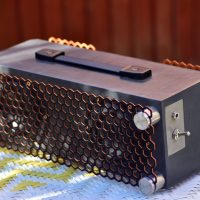
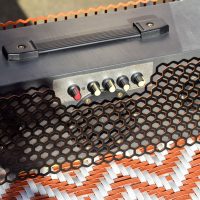
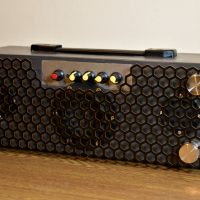
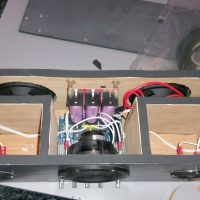
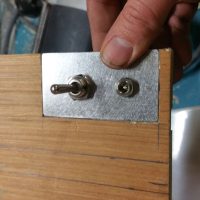
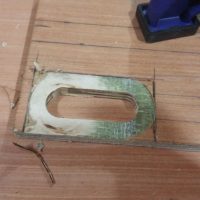
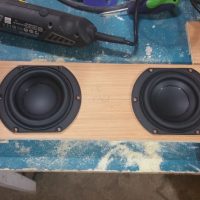
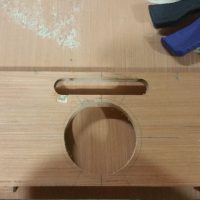
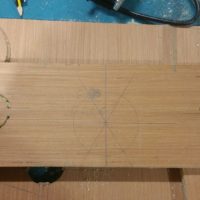
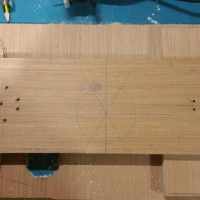
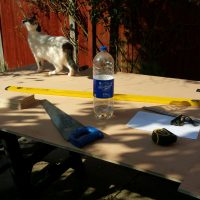
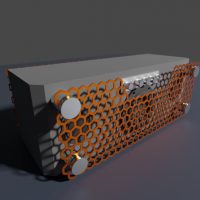
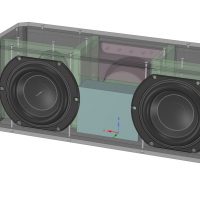
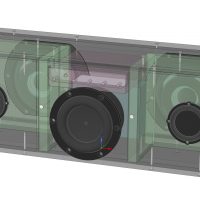
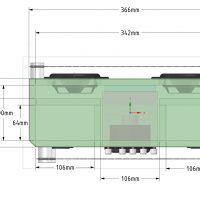
+ There are no comments
Add yours